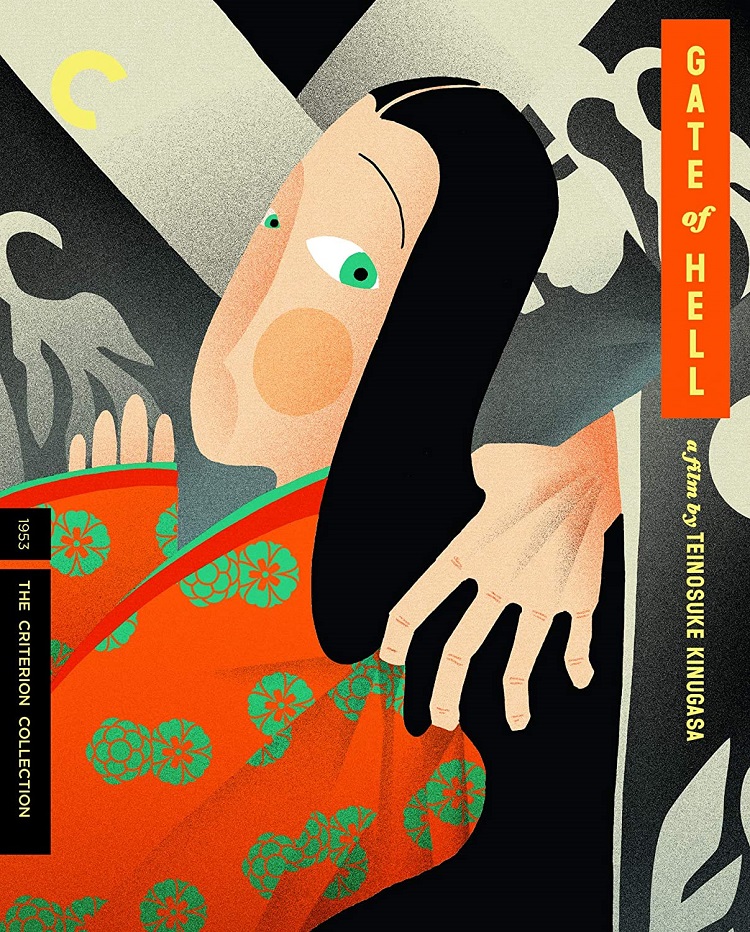
Celebrating its 60th anniversary this year, this Oscar-winning Japanese film has fallen off the radar over the past few decades but is poised for renewed interest thanks to Criterion’s release. Its director, stars, and story are no longer widely known commodities, which is oddly something of a blessing since the film and its performances now have the opportunity to completely surprise modern viewers. That’s not to say they succeed, but it’s worth the watch.
When a hot-tempered, obstinate country bumpkin of a swordsman encounters a comatose high-class courtesan, he becomes smitten with her as he revives her and protects her from armed interlopers. After he returns the lady to her grand estate, the local ruler promises him whatever he wants in return. Unfortunately, he wants her, but is dismayed to learn that she is already married.
End of story, right? Nope. He decides to dig in his heels and hold the ruler to his foolhardy promise, regardless of the existing marriage and the lady’s complete lack of interest in him. What follows is a prolonged attempt at a tragic love story that fails miserably in the tragic part because there is no love, just a petulant oaf who wants his way and a standoffish woman who fails to contain the situation.
The film was shot in color, and its dramatic employment is evidence of the novelty it was in Japan at the time. All of the costumes are bright and vibrant, even for the warriors who have such varying candy-coated armor they look more like Clone Troopers than samurai. The courtesan maintains a key color of bright orange in all of her kimonos, while other courtesans circle her orbit in such a dizzying array of colorful gowns that the film is often like looking into a kaleidoscope. While the actors and the story don’t quite connect, the colorful and well-photographed presentation is a visual delight.
Criterion wasn’t directly responsible for this restoration, instead borrowing Japanese restoration efforts undertaken in 2011. The film was transferred from a 35mm duplicate negative and several 35mm master positives. Regrettably, the original camera negative no longer exists, but the restoration is so meticulous that you’re not likely to notice any image degradation. The image has been well burnished, with only slight noise evident in the early going, especially during the credits, that becomes less noticeable as the film progresses to its eventful conclusion. The soundtrack is presented in uncompressed monaural and is unobjectionable if unremarkable. The biggest surprise: there are no bonus features other than a perfunctory essay in the booklet.